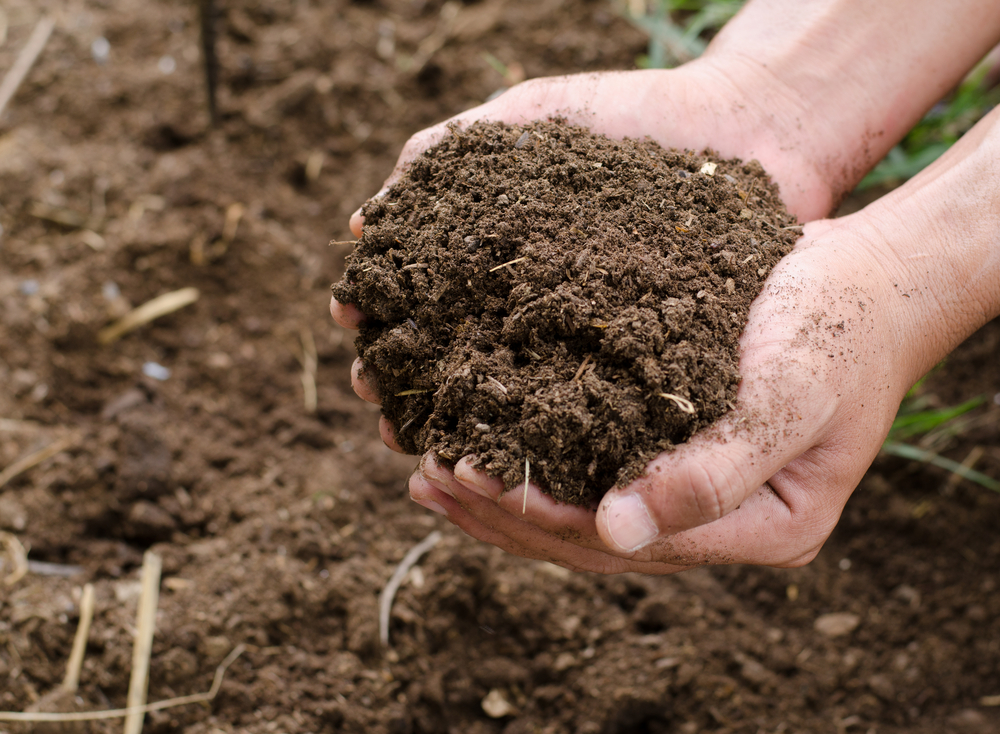Conventional growers that introduce biological products into their current regiment can reap substantial benefits. Biological agriculture is an integrated farming system. It combines tried and tested farming practices, that have been refined over the centuries, with scientifically measured innovations. As I’ve mentioned in other newsletters, many growers find themselves on the treadmill of needing more costly inputs even as crop yields and quality decline. Introducing biological applications can dramatically improve agricultural yields and reduce farm costs.
The Green Revolution, or the Third Agricultural Revolution, is the set of research technology transfer initiatives that occurred between 1950 and the late 1960s that increased agricultural production worldwide, beginning most markedly in the late 1960s. It was associated with chemical fertilizers, agrochemicals and controlled water supply (usually involving irrigation) along with newer methods of cultivation, including mechanization. However, if you look at the Green Revolution in the big picture of all agricultural practices over the centuries, it would only represent about 10 seconds on a 24-hour clock.
Although these practices advanced agricultural production, that result came at a cost. The new agriculture relied too heavily on mono-cropping a few major crops, fossil-fuel-based fertilizers, and intense use of chemicals for crop protection. Not only are these methods, when used in excess, expensive and damaging to the environment, but they also damage microbial soil life – thus limiting long-term soil fertility and the benefits that biology provides. As we damage our soil structure, soil organic matter (SOM) and soil biology, we lose a major buffer protecting crop production and, in essence, we’re farming on the edge of a cliff.
A recent dominant trend in agriculture is the ability to scientifically measure things that we had only previously assumed or believed. As a result, our understanding of soil microbiology has increased by leaps and bounds over the past two decades. We now understand that microbial organisms in healthy soils (bacteria, fungi, protists, metazoans) have symbiotic relationships with plants and play a vital role in nutrient uptake that optimizes the health and growth of crops.
While NPK applications are important, they’re not standalone remedies, and they can become much more available with the right soil structure and management, reducing the quantity of costly applications. The key is to sequester more carbon, the essence of all life, in our soils by the use of cover crops, compost and compost teas, new carbon sources and crop residues. Andaman Ag offers pesticides and herbicides that don’t damage soils or shut down the plants’ metabolisms as they recover from the application. We’ve found that improvements in trace mineral availability and soil life dramatically reduce the need for pesticides and fungicides. Finally, biological farmers work to not disturb their soil structure. Our soil’s structure is fragile, and tilling releases carbon and kills the soil biology. We need to build our soil season after season, not destroy it.
Biological farming’s goal is to develop a diverse, healthy ecosystem that produces higher yields at lower costs. It looks to complement nature instead of fighting against it. Andaman Ag works with growers to find complementary applications that are competitive and can improve a grower’s return on investment.





